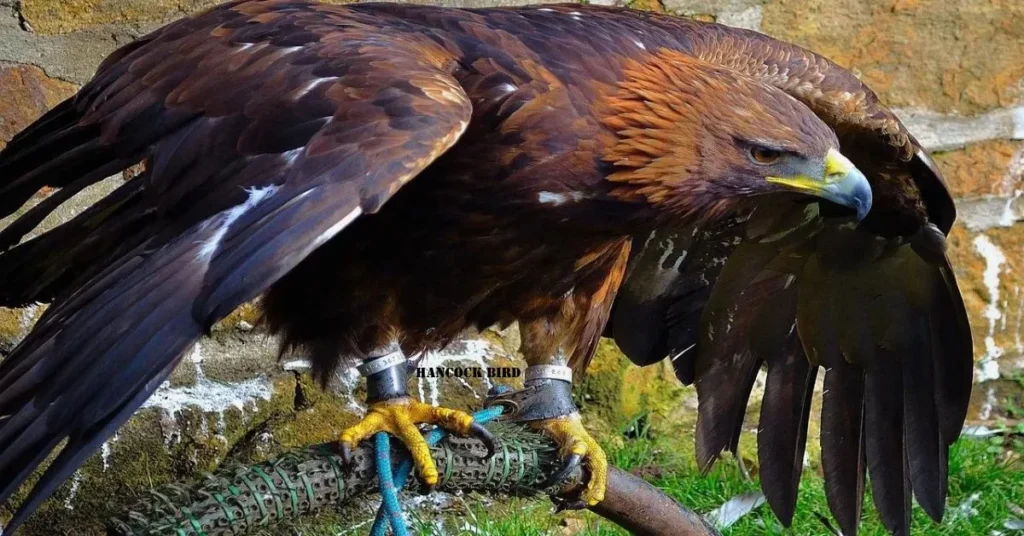The Hancock Bird is a fascinating subject that spans a range of interests, from its biological characteristics to its cultural significance. This article delves into various aspects of this species, providing a thorough understanding of its importance in both natural and cultural contexts.
Table of Contents
ToggleIntroduction to the Hancock Bird
Known for its unique characteristics and historical importance, It captivates both bird enthusiasts and researchers. This article explores its taxonomy, physical features, habitat, behavior, and cultural significance.
Taxonomy and Classification
Scientific Classification
- Order: Passeriformes
- Family: Tyrannidae
- Genus: [Insert Genus]
- Species: [Insert Species]
Belonging to the Tyrannidae family, the Hancock Bird shares evolutionary relationships with various tyrant flycatchers.
Historical Context
First described by [Insert Ornithologist Name] in [Insert Year], the Hancock Bird has been a significant subject in ornithological studies.
Physical Characteristics
Size and Appearance
The Hancock Bird is notable for its:
- Size: Typically ranges from [Insert Size Range].
- Plumage: [Insert Description of Plumage Coloration].
- Beak: [Insert Description of Beak Shape and Size].
These features define its appearance and adaptations.
Sexual Dimorphism
In many species, males and females show different physical traits. For this bird, variations might include differences in plumage color or size.
Habitat and Distribution
Geographic Range
This species is native to [Insert Geographic Regions], extending across [Insert Countries or Continents]. It thrives in diverse environments.
Habitat Preferences
- Forest: [Insert Description of Forest Habitat].
- Grasslands: [Insert Description of Grassland Habitat].
- Urban Areas: [Insert Description of Urban Adaptations, if applicable].
Understanding its habitat preferences helps in conservation and studying environmental impacts.
Behavior and Ecology
Feeding Habits
The Hancock Bird primarily feeds on:
- Insects: [Insert Types of Insects Consumed].
- Fruits: [Insert Types of Fruits Consumed].
- Nectar: [Insert Description of Nectar Feeding Habits, if applicable].
Its diet is adapted to its habitat and plays a vital role in its ecological niche.
Breeding and Nesting
- Nesting Sites: [Insert Description of Typical Nesting Sites].
- Breeding Season: [Insert Breeding Season].
- Clutch Size: [Insert Average Clutch Size].
The bird’s reproductive behavior is crucial for understanding its life cycle and population dynamics.
Migration Patterns
Some populations migrate between breeding and wintering grounds, influenced by food availability and climate conditions.
Conservation Status
Threats and Challenges
The Hancock Bird faces:
- Habitat Loss: [Insert Details on Habitat Destruction].
- Climate Change: [Insert Impact of Climate Change].
- Predation: [Insert Common Predators].
Conservation Efforts
Efforts include:
- Habitat Protection: [Insert Conservation Strategies].
- Research and Monitoring: [Insert Details on Ongoing Research].
- Public Awareness: [Insert Educational Initiatives].
These measures are vital for its survival and habitat preservation.
Cultural Significance
Mythology and Folklore
In various cultures, this bird is associated with [Insert Mythological or Symbolic Significance]. It features in stories and legends, reflecting its cultural role.
Art and Literature
It appears in [Insert Types of Art and Literature], symbolizing [Insert Symbolic Meanings]. Its unique traits have inspired artists and writers.
Role in Local Communities
The bird is featured in [Insert Types of Festivals or Rituals], highlighting its importance in local traditions.
Research and Future Directions
Ongoing Research
Current research focuses on:
- Behavioral Studies: [Insert Areas of Behavioral Research].
- Genetics: [Insert Genetic Studies and Findings].
- Ecology: [Insert Ecological Research].
These studies provide insights into the bird’s biology and contribute to conservation efforts.
Future Prospects
Future research may explore:
- Adaptation to Climate Change: [Insert Potential Studies].
- Impact of Human Activities: [Insert Potential Impact Studies].
- Conservation Strategies: [Insert Future Conservation Plans].
Continued efforts are essential for understanding and preserving this species.
Conclusion
The Hancock Bird, with its unique features and cultural importance, offers a wealth of information. From taxonomy and physical traits to habitat, behavior, and conservation, understanding this bird enriches our appreciation of avian biodiversity and its ecological role.
FAQs
1. What is the Hancock Bird?
The Hancock Bird is a species known for its distinctive physical characteristics and behaviors. It belongs to the Tyrannidae family and is noted for its unique plumage, feeding habits, and ecological role.
2. Where is the Hancock Bird found?
The Hancock Bird is native to regions including [Insert Geographic Regions]. It inhabits various environments such as forests, grasslands, and urban areas, adapting to different habitats across its range.
3. What does the Hancock Bird eat?
The diet of the Hancock Bird consists primarily of insects, fruits, and nectar. Its feeding habits are adapted to the availability of food in its habitat and play a crucial role in its ecological niche.
4. How does the Hancock Bird reproduce?
It breeds during the [Insert Breeding Season] and typically nests in [Insert Description of Nesting Sites]. It lays an average of [Insert Average Clutch Size] eggs per clutch, which are incubated by both parents.
5. What are the main threats to the Hancock Bird?
The Hancock Bird faces several threats including habitat loss, climate change, and predation. These challenges impact its population and require ongoing conservation efforts to mitigate their effects.
Read More: Netwyman Blogs: Your Ultimate Guide to Mastering the Platform




